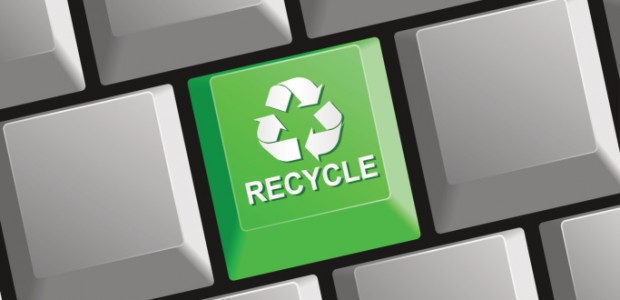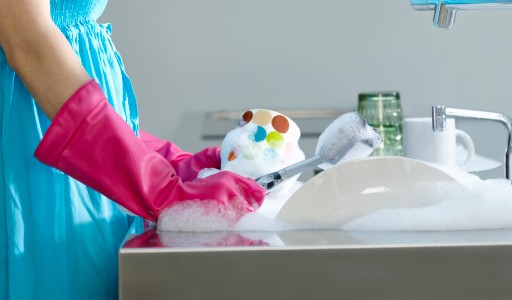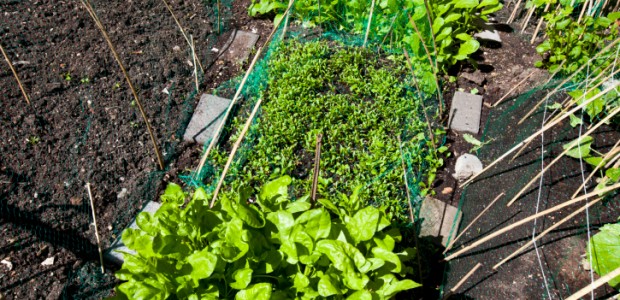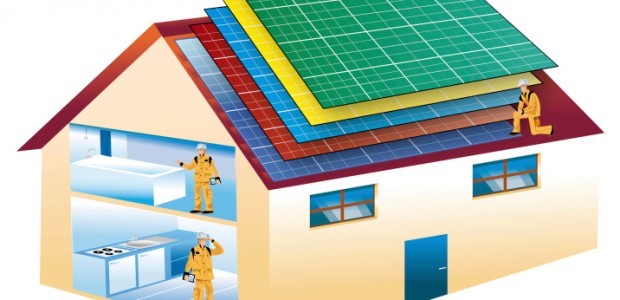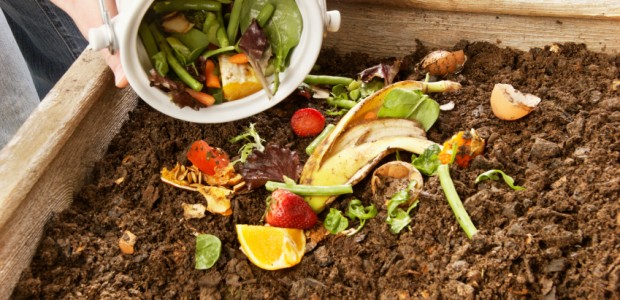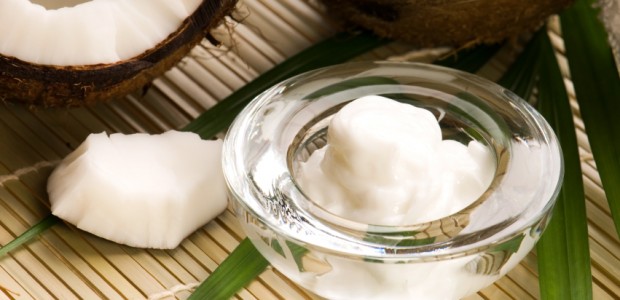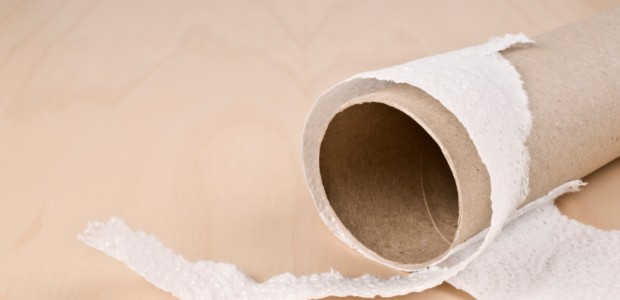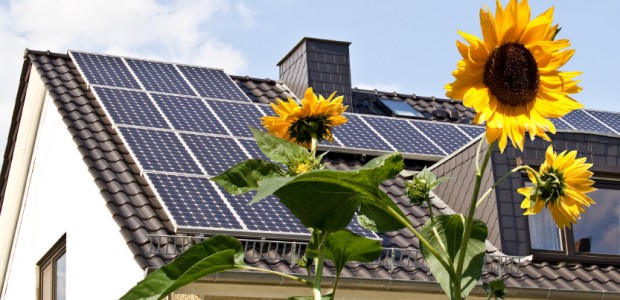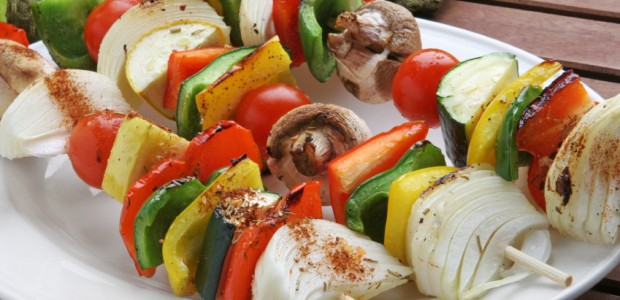It’s happening again. You’re online connecting with friends, posting pictures, and responding to event invites. Eventually, you become vaguely aware that clearing out the closet is fast becoming a fading dream, but it doesn’t have to be. You can do it all with social recycling.
Invite Friends to Spark Online Chatter
With social media, you can invite your friends to an event, group page, or hangout without using your personal homepage as a source of contact. Instead, you can create an alternate way to exchange information for your online recycling project:
- Facebook events: set a date and time for a recycling event and invite your friends
- Facebook groups: create a group page focused on exchanging and recycling items
- Google Hangouts: have a video chat with friends to plan upcoming recycling plans
- Twitter: tweet about your upcoming event or post photos of items looking for a home
Events
If you can create an event to meet friends for dinner or a birthday, you can create one to host a recycling party, event, or both. Do yourself a favor and ask if a few guests can arrive early to help sort clothing types and sizes, books, toys and other items. Consider these event ideas as a starting-off point:
- Throw a clothing-swap party in the day for kids or at night for adults
- Schedule a yard-sale event or combine forces, making it a neighborhood event
- Create an online flea-market event or page, so everyone can post photos of wares to share
Volunteer Meet-ups
Sometimes it’s not possible to host a gathering in your home, but you can still host a meet-up with your Facebook, Google and Twitter friends at an organization looking for volunteers. Here are a few suggestions to consider:
- Meet at your local animal shelter and bring blankets, sheets, bath- and beached-sized towels
- Choose a non-profit, such as Dress For Success or Career Gear, and donate gently used clothes
- Volunteer at a local library and donate your used books, CDs, cassettes, records, and DVDs
- Roll up your sleeves and build your own Little Free Library or your neighborhood
When you create events with friends and family, you create memories. These are special because of the company and the intention. So the next time you’re whiling away the time online, have some productive fun with social recycling—create new memories and clear that closet out.
~Maureen F.
